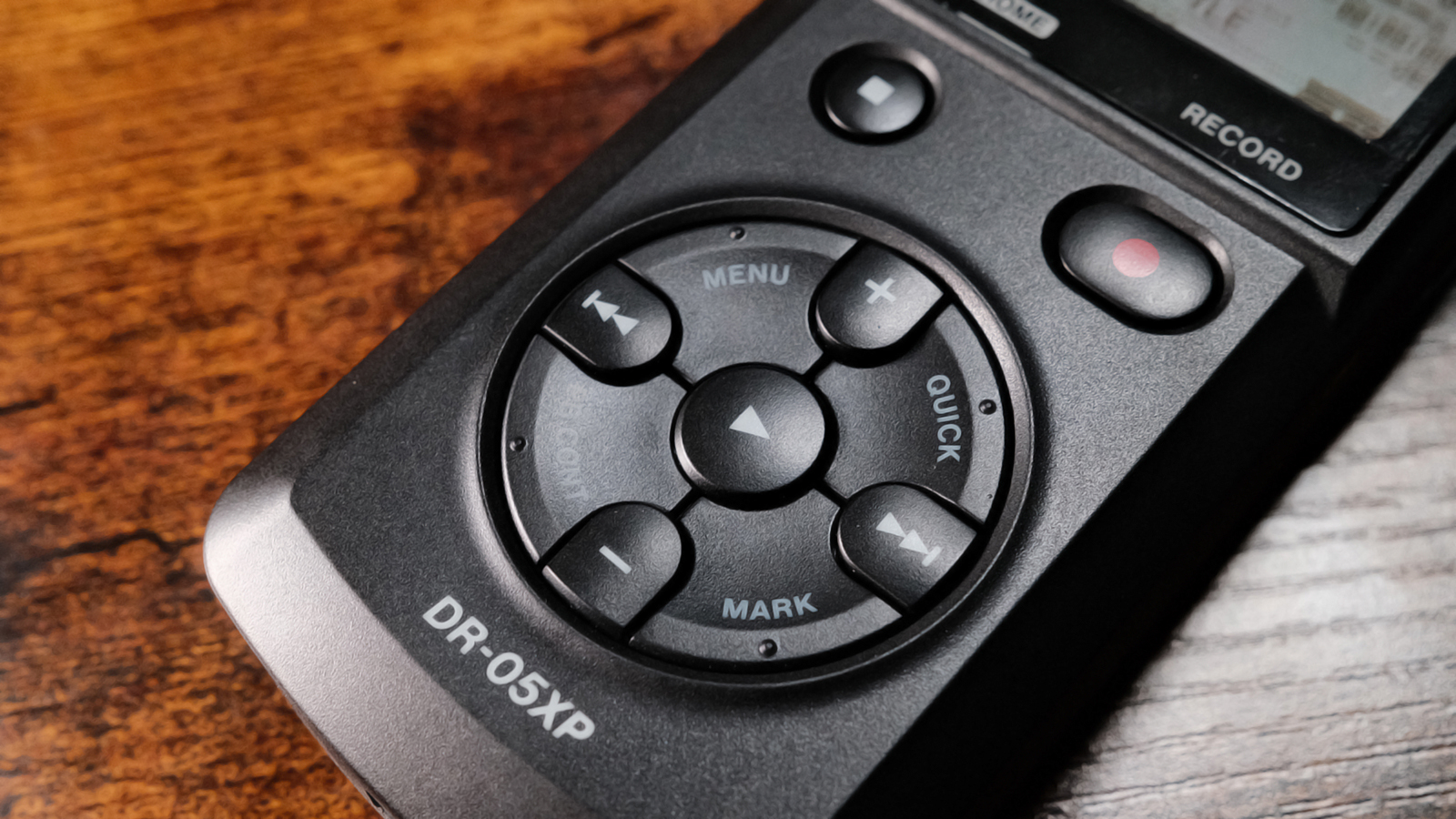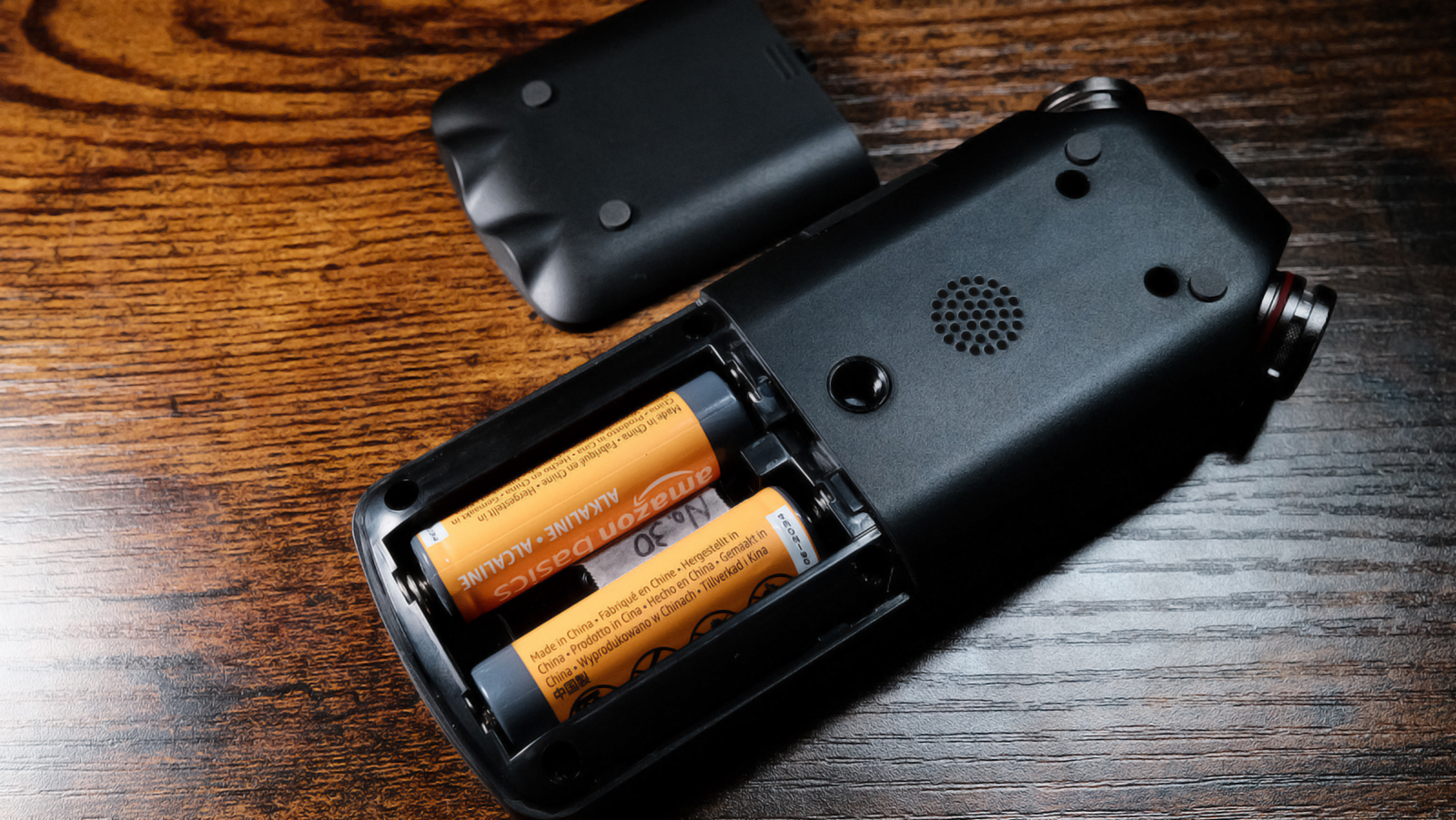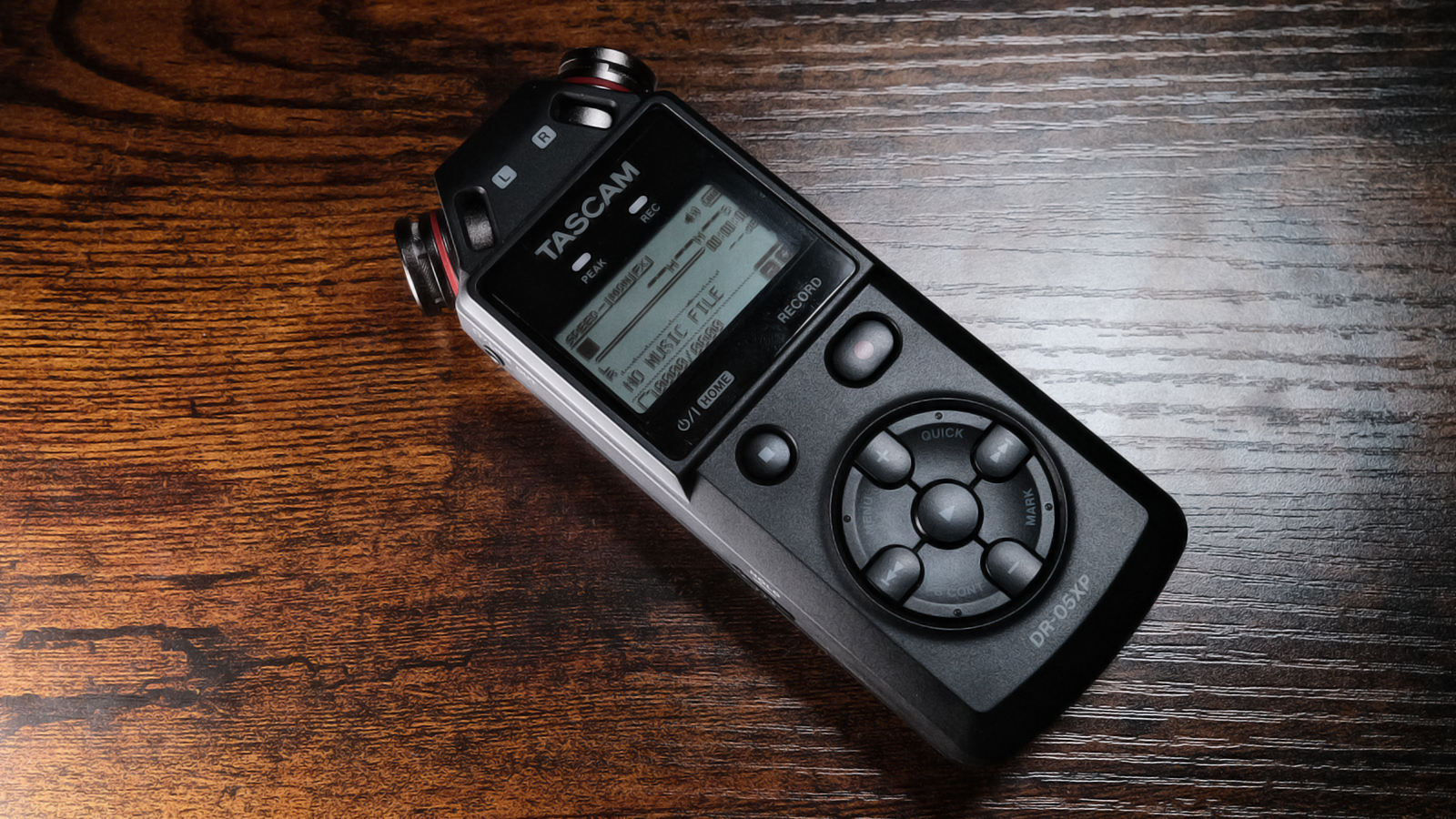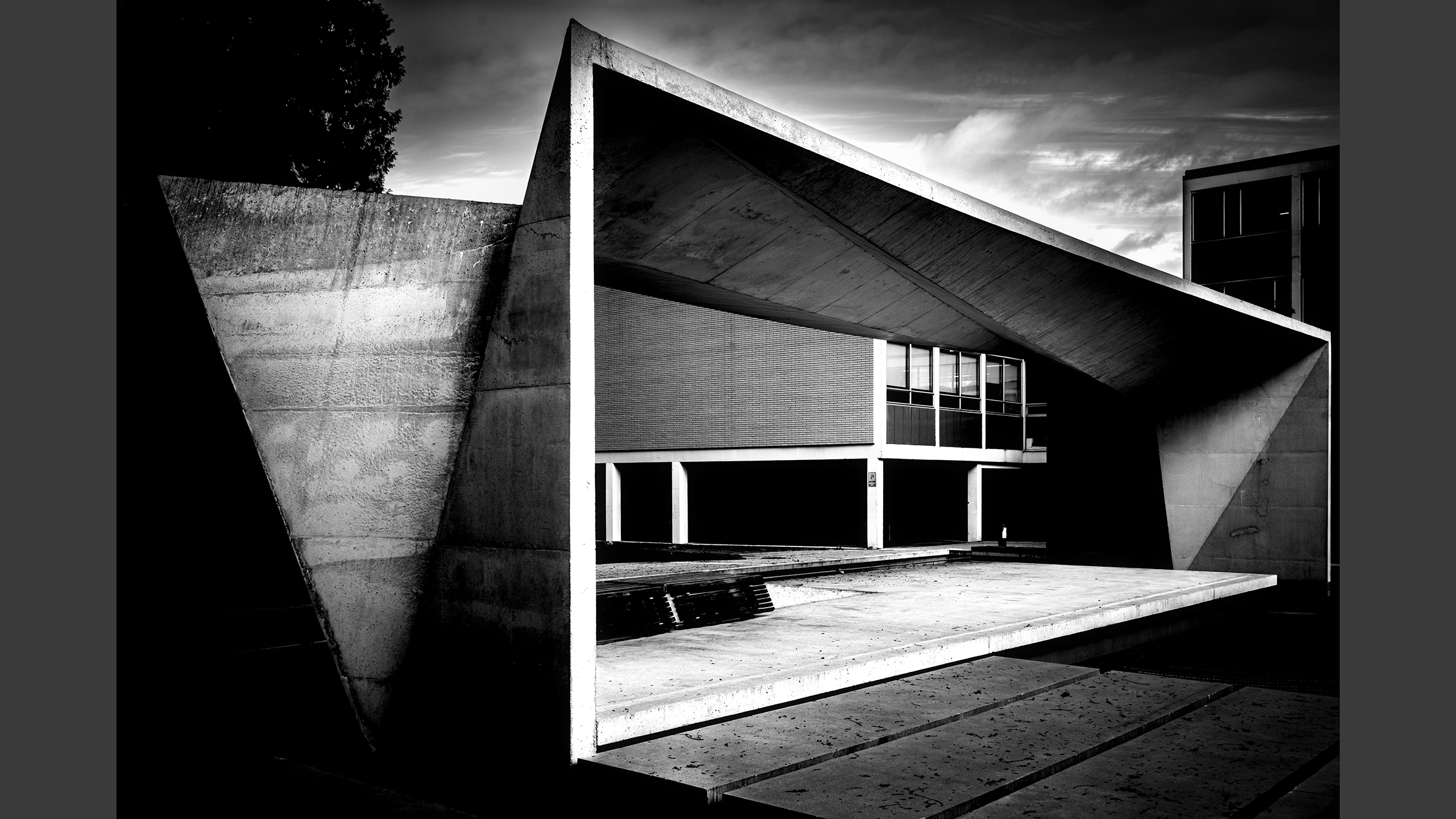Digital Camera World Verdict
While 32 bit float recording might be the headline act here, it's the overall ease of use, nice build quality and the versatility that make it a winner. While it may not be quite the solution to all scenarios, it is pretty wide ranging in its effectiveness and I'm very happy to have one around for all sorts of reasons.
Pros
- +
Very portable
- +
Excellent audio quality
- +
Easy to work with
Cons
- -
Minimal IO options
Why you can trust Digital Camera World
If you hear the name Tascam it's very likely you'll think of good quality audio recording, made easy and accessible. The company has been developing recording gear for decades and has established itself as top-tier, in terms of both quality and user experience.
But these days the market is much more crowded, with options for all levels of budget and skill, so can Tuscan retain its position as a go-to name for recording sound? With the DR05XP they hope to win over those looking for a simple-to-operate device at the wallet friendlier end of the market. Not an easy task.
I have a degree in sound production and have used gear from all kinds of manufacturers, at all price points, so I was very keen to see if Tascam's latest could find itself as part of my filmmaking gear list.
Tascam DR-05XP: Specifications
Channels | Stereo built-in mics, stereo external and 2 channels via USB-C |
Screen | Backlit mono LCD |
Power | 2x AA or USB-C |
Recording formats | .wav and .mp3 |
Dimensions | 61 mm × 142 mm × 27 mm |
Tascam DR-05XP: Price
At just $119 / £115 you'd be forgiven for thinking you are missing out on something, but you'd be mistaken. For everything that is offered here, that's simply a great price. Yes, there are some trade-offs (more on that later), but they aren't about value, which is excellent.
I'd highly recommend having something like this in your kit for shoots, especially for on-location shooting where you want to capture ambient audio, or for recording intimate voiceovers.
Tascam DR05XP: Design & build quality

The DR-05XP is a compact, lightweight, but sturdy-feeling device with a plastic body. Don't let that fool you, though, as it is robust and doesn't feel cheap at all.
The buttons all give great feedback and are laid out nicely. In fact, the layout is designed so you can operate everything with just one hand, with only the hold slider on the side of the body. Everything else is done using transport controls, with a separate stop and record button, with forward and reverse, plus up and down, surrounding a central play button. These buttons also allow you to navigate the menus, with extra buttons taking on certain tasks, like marking and opening the main menu.
There is a little menu diving, but everything is clean, clear and logical, so no delving into manuals is needed to get going.
Above the buttons is the screen, a nicely backlit LCD. No fancy colour here, but then, there's really no need for it, and you'd pay a premium for it too. You get instant access to levels, battery life, file system, etc and when recording you get time passed, time remaining (based on your chosen SD card as well as status of things like any effects in use and file format.
Above that, on the top face of the device, is a 3.5mm stereo port for an external mic, flanked by the onboard stereo mics in AB positioning. Unlike the DR-07XP, this one's sister product, the mics are fixed, but for most, that will be just fine.
Tascam DR05XP: Power

A key aspect of any gear I carry is how do I power it? I don't like to be restricted too much, or need to carry a bunch of chargers to a location. Thankfully, that's less of an issue with the DR05XP. Not only does it have the option for powering by a pair of standard AA batteries, but you can use the USB-C port to keep it going, a welcome addition.
That said, needing to connect to mains or a power bank is unlikely as the power draw is tiny. I was pleasantly surprised at how long I could keep recording using just the AA batteries. A couple of fresh cheap options from Amazon kept this running for a full two working days, and seeing as carrying a handful of spares in my tech bag takes little weight or space, this is how I would use it on a regular basis. Plus no restrictions on carrying them on flights, which I do now and then, so another big tick.
Tascam DR05XP: Performance
Performance is clearly the most important measure of any piece of gear we carry as filmmakers, and the Talcum does pretty well here, although there are a couple of caveats to that, which I'll get to.
First up are recording formats. You get MP3 and wav options, with settings for quality balanced with file sizes. I prefer wav files personally as they tend to work better with other parts of my pipeline, but I can work with either, and they both perform well, with excellent results. You get good frequency coverage and everything sounds crisp, clear and natural. In certain situations, a broad frequency response can be detrimental, but Tascam has catered to that too, with three levels of high-pass filter, so you can mitigate any rumbles from traffic for example. This works really well and it's a neat feature to have, saving an extra step in post.
Now, normally I would suggest being careful setting recording levels, paying attention to meters and so on, so you don't peak and get unwanted distortion. That is always true but the headline of the Tascam is that it can record in 32-bit float, which effectively negates that. Having one less thing to check is fantastic for solo shooters and small teams, who aren't using a higher-end field recorder.
32-bit float is like having a massive dynamic range on your camera. You can record the file and pull back the highs and lows to where you want them in post. I'd say for audio recording this is a bigger deal than with your picture, as audio is almost always more important for your deliverables. It's hard to watch something with a lacklustre sound, but watching bad visuals is bearable, so long as you can hear it properly.
The positioning of the mics is important, as is the fall off, which is noticeable here and why I added that caveat earlier.
You get a fantastic breadth from the stereo field, making this great for capturing ambient audio, outdoor field recordings, and so on, but it's not suited for capturing speech on a set. For that, you need a dedicated shotgun or lavalier mic.
That said, if you record voiceovers, podcasts, or even (as suggested by Tascam) arms, then the DR05XP is really very good. Voiceovers sound crystal clear, and you can hear some very intimate-sounding voice recordings when you place this close to the source. It sounds fantastic.
I tested this with an external mic, and while it works fine, I would suggest that if you're in a situation that requires that, it will work at a push, but you'd be better off opting for another solution.
If you are recording speech, or even an instrument, then you could record to the micro SD card (up to 512GB supported), but you could also hook it up to your computer via USB-C and use it as a 2x2 audio interface. I tried this using Logic X Pro and Resolve, and it worked perfectly. All around easy to use and designed to do just what it needs.
Tascam DR05XP: Verdict
The DR05XP is a great all-around sound recorder, which is nicely built and lasts for hours and hours on a pair of AAs. Audio quality is excellent, although you'll want to look elsewhere for capturing speech at more than a few feet away, but that's not really what this is made for. It's easy to carry, can be operated with one hand, and these reasons I think it's a bargain.
Features | Well rounded for its intended use and the 32 bit float recording is worth the price alone. | ★★★★☆ |
Design | Compact and neat, the control and screen both make for an easy to operate device. | ★★★★☆ |
Performance | Fantastic performance in most situations and very little work needed to get the best from it. | ★★★★★ |
Value | Excellent value. You get a lot for your money with this Tascam. | ★★★★★ |
✅ Buy it...
- You want versatility from your recorder
- Reduced size and weight are important to you
- You don't want to worry about levels too much
🚫 Don't buy it...
- You need more than two channels

Rob is Editor of 3D World and ImagineFX magazines and also works as creative director for his own studio, Pariah Studios, producing 3D animations and VFX for a variety of clients. When not at his desk, he can usually be found painting miniatures.
You must confirm your public display name before commenting
Please logout and then login again, you will then be prompted to enter your display name.


